A River Runs above Us – Hakai Magazine
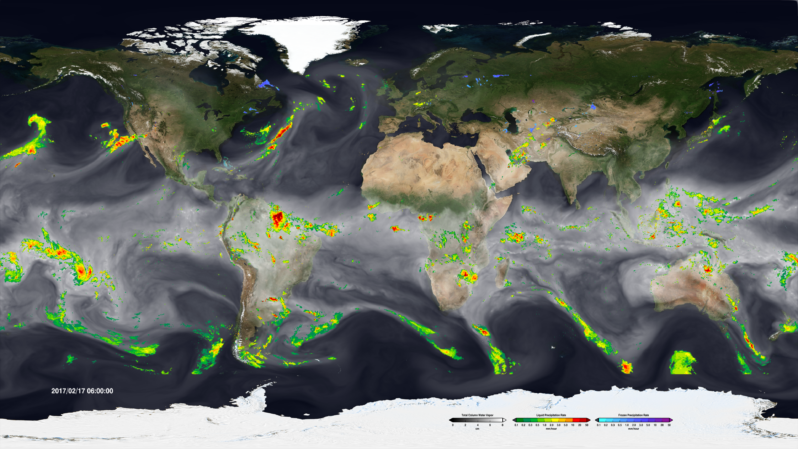
In mid-November 2021, a great storm begins brewing in the central Pacific Ocean north of Hawai‘i. Especially warm water, heated by the sun, steams off the sea surface and funnels into the sky.
A tendril of this floating moisture sweeps eastward across the ocean. It rides the winds for a day until it reaches the coasts of British Columbia and Washington State. There, the storm hits air turbulence, which pushes it into position—straight over British Columbia’s Fraser River valley….
There Might Be Less Plastic in the Sea Than We Thought. But Read On – the New York Times
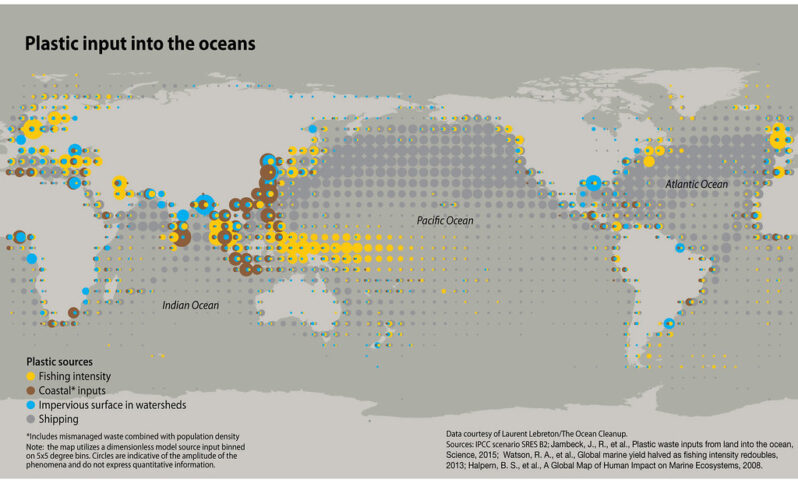
There’s less plastic pollution flowing into the ocean from land than scientists previously thought, according to a study published Monday in the journal Nature Geoscience.
The researchers estimated that about 500,000 metric tons of plastic end up in the ocean each year, with about half from land. The other half comes from the fishing industry in the form of nets, ropes, buoys and other equipment…
Northern Manhattan Wetland Faced with Climate-Change-Induced Erosion is Reimagined – Inside Climate News
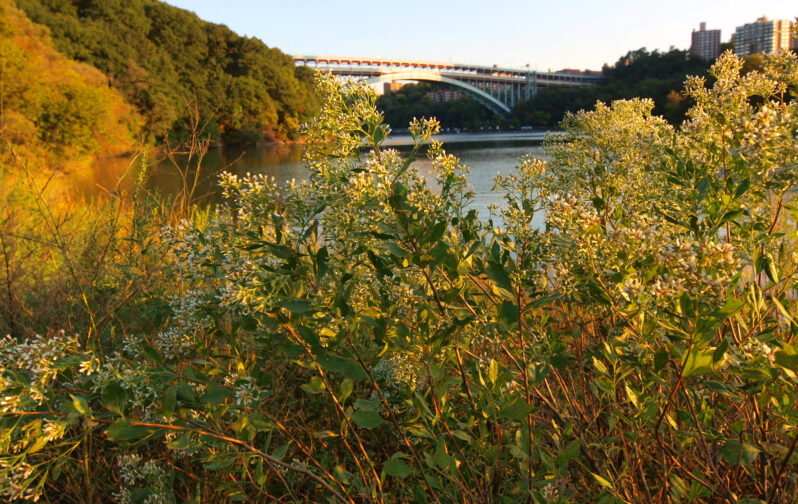
When the New York Restoration Project first started working in the late 1990s to clean the unnamed shoreline along the Harlem River in northern Manhattan, the intertidal mudflat and wetlands weren’t just a neglected area, but a former illegal dumping ground. How the cove, the largest wetland left in Manhattan, has become a bountiful greenspace where migrating birds, crabs, tadpoles and toads are all thriving, despite the existential threat posed by climate change in shoreline communities, is a story of robust community involvement and skillful coastline management…
The race to defuse an oil ‘time bomb’ disaster threatening the Red Sea – Grist Magazine
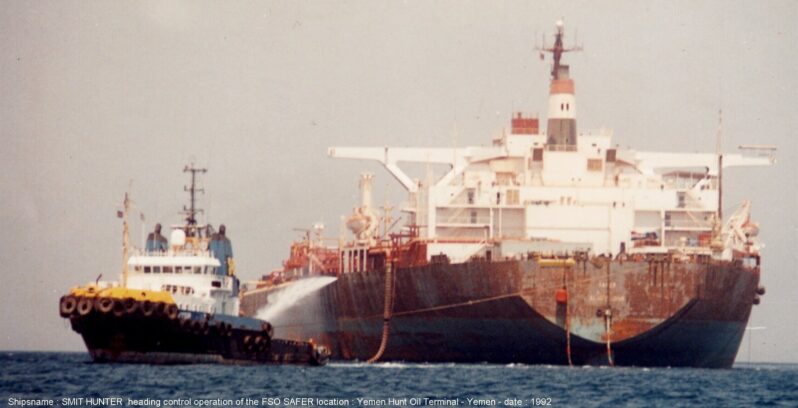
Ten days ago, the crew of a ship called the Nautica lifted anchor in Djibouti and motored north in the Red Sea. Two tugboats met the vessel about five and a half miles off the coast of Yemen, then guided it into place alongside the FSO Safer, a crumbling, abandoned oil tanker thought to hold 1 million barrels of crude.
Thus began an operation that’s the ecological equivalent of placing the pin back into a hand grenade…
Angry Greeks Take Back Public Beach Movement Grows, State Reacts – the National Herald
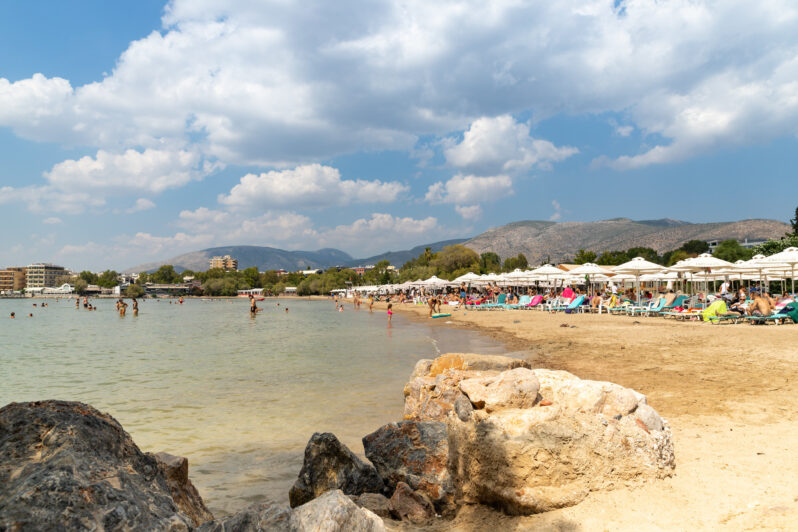
The spread of take back public beaches movement in rebellion against private interests blocking access and charging for renting sunbeds and umbrellas has spurred Greece’s government into promising violators would be punished.
The ruling New Democracy has, like previous governments, done little to prevent the takeover of public beaches that has proliferated, especially on islands, in a bid to lure more foreign tourists, enriching the companies using public lands…
Is this ‘age of the delta’ coming to an end? – Knowable Magazine
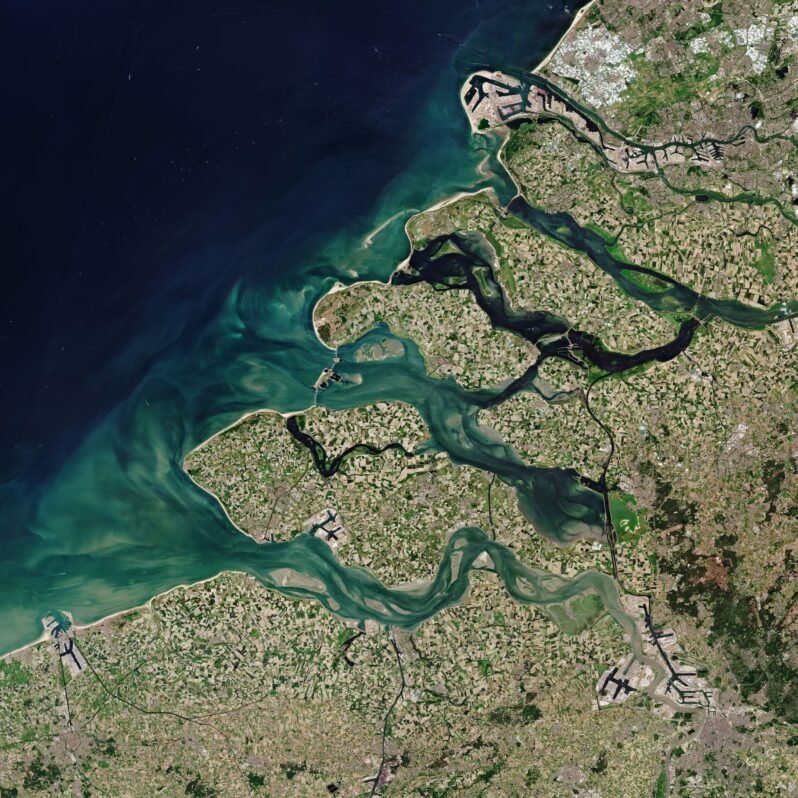
The land near the mouth of the Mississippi River is barely land at all. Muddy water forks into a labyrinth of pathways through a seemingly endless expanse of electric-green marsh grass, below skies thick with birds. Shrimp and crabs wriggle in the water below, and oak and cypress sprout from wet soils on higher grounds. Stretching for more than a hundred miles along the coast of Louisiana, this is one of the world’s largest, and most famous, river deltas…
Long Story Shorts: How Do Whales Withstand Ocean Pressure? – Hakai Institute
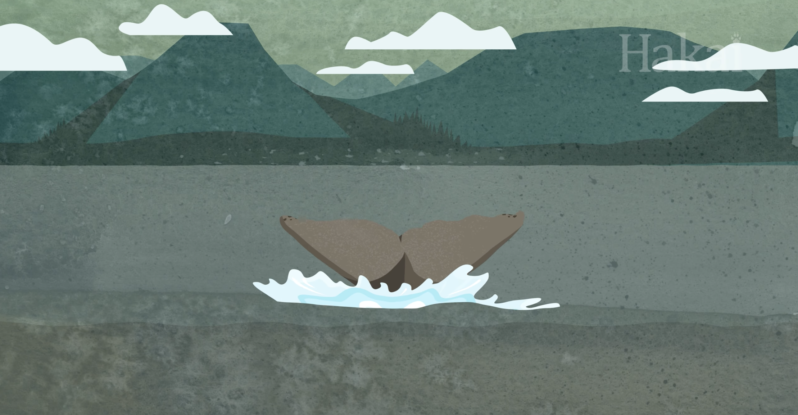
The deeper you go into the ocean, the more pressure there is to contend with. So how do deep-diving whales—air-breathing mammals like us—survive life in the deep?
Managed Retreat? Please, Not Yet – Hakai Magazine
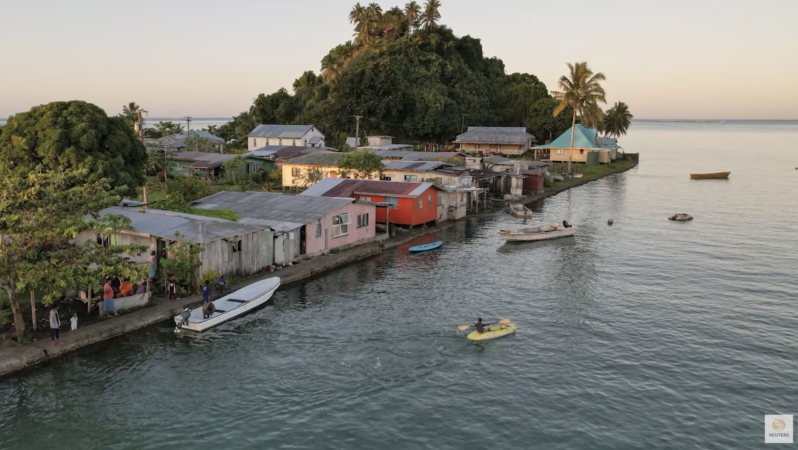
Salt water is already seeping through gardens, under homes, and among the headstones on Serua Island, Fiji. As climate change rolls on, and as the sea level continues to rise, this low-lying island off the southern coast of Viti Levu, one of the country’s two largest islands, seems like an obvious candidate for relocation efforts—and its inhabitants the latest face of climate refugees. Fiji’s national government has offered its support to help the island’s 100 or so inhabitants move. Yet almost all are choosing to stay put…
Sorry, Honey, It’s Too Hot for Camp (Podcast) – Atlantic Radio

Summer is getting too hot and dangerous, killing the childhood of our imaginations.
A heat dome in Texas. Wildfire smoke polluting the air in the East and Midwest. The signs are everywhere that our children’s summers will look nothing like our own. In this episode, we talk with the climate writer Emma Pattee about how hot is too hot to go outside. The research is thin and the misconceptions are many—but experts are quickly looking into nuances of how and why children suffer in the heat, so we can prepare for a future that’s already here…
